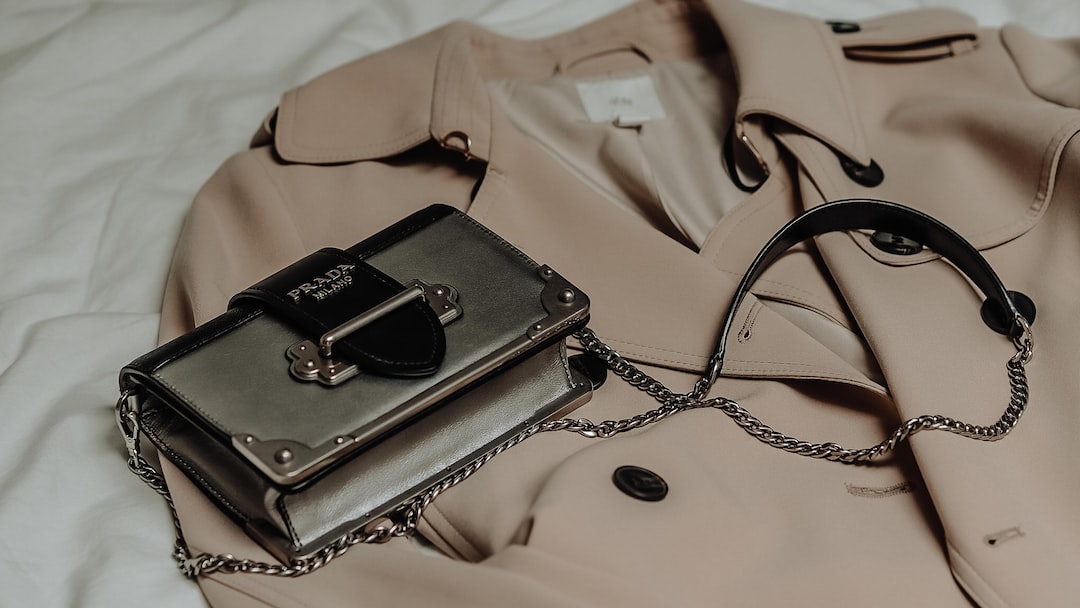Breaking the Fashion Rules: Mixing Prints and Patterns
In the fashion world, there have always been unspoken rules about how to properly put together an outfit. From avoiding clashing colors to sticking to a single print or pattern, these rules have dictated what is considered “stylish” for as long as we can remember. However, in recent years, there has been a shift in perspective, and fashion enthusiasts have started to embrace a more adventurous approach by mixing prints and patterns. This trend has taken the fashion industry by storm and has opened up a world of possibilities for those willing to break the rules and experiment with their style.
Mixing prints and patterns is a statement-making approach that allows individuals to showcase their unique sense of style and creativity. It involves combining different prints, such as stripes, florals, polka dots, animal prints, and even plaids, in unexpected and exciting ways. When done right, this combination can result in a visually stunning outfit that catches everyone’s attention.
One of the first steps in successfully mixing prints and patterns is understanding the basic principles of color coordination. While it’s perfectly acceptable to mix various prints, the colors within those prints should harmonize with each other. A common approach is to choose patterns with at least one color in common, creating a sense of unity and cohesion. For example, if you have a floral top with shades of purple, you can pair it with a striped skirt that has thin purple lines. This connection creates a visually pleasing effect that ties the diverse prints together.
Another key factor to consider when mixing prints and patterns is scale. Combining prints of different scales can add depth and visual interest to an outfit. Pairing a small, delicate print with a larger, bolder one creates a contrast that draws attention to the individual pieces while still maintaining an overall cohesive look. For instance, a mini polka dot blouse can be matched with a wide striped skirt, ensuring that both prints are showcased without overwhelming each other.
Furthermore, texture can also play a significant role in creating a successful mixed print ensemble. By incorporating textures such as lace, velvet, or sequins, you can add another layer of complexity to your outfit. The mixture of textures can balance out the various prints, creating a visually appealing and well-rounded look.
When experimenting with mixed prints and patterns, it’s important to maintain a sense of proportion. Combining too many different prints in a single outfit can easily overpower and overwhelm the overall look. It’s often better to start small and gradually build up. Begin by mixing two prints and see how they work together. As you become more comfortable, you can incorporate additional prints for a bolder statement. Remember that fashion is all about personal expression, so it’s important to find a balance that allows your individuality to shine through while still creating a visually pleasing outfit.
Breaking the fashion rules by mixing prints and patterns can be a thrilling and empowering experience. It allows us to break free from the constraints of traditional styling and embrace our own unique sense of style. By understanding the principles of color coordination, scale, texture, and proportion, we can confidently explore the vast world of mixed prints and patterns. So, the next time you’re in front of your closet, don’t be afraid to experiment and create unexpected combinations that reflect your personality and fashion-forward mindset. After all, fashion should be fun and a means of self-expression, and mixing prints and patterns is a fantastic way to break free from the limitations and embrace your true style.

